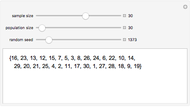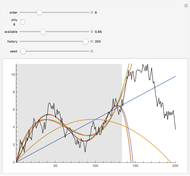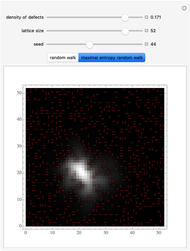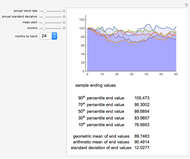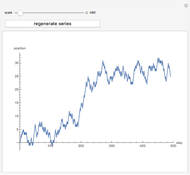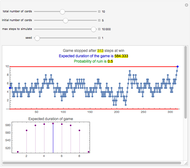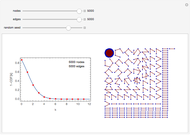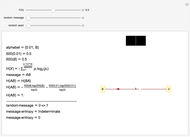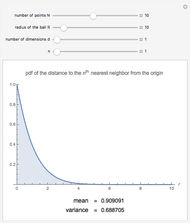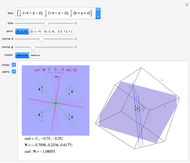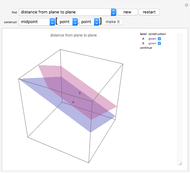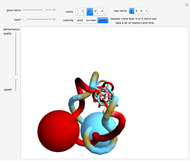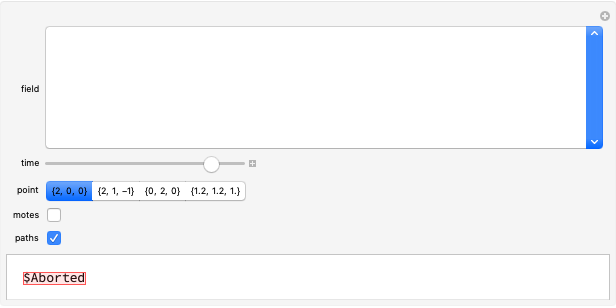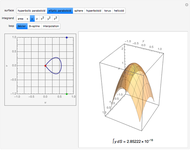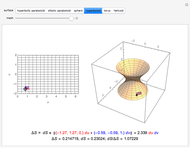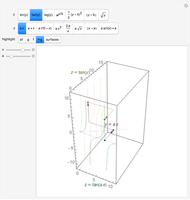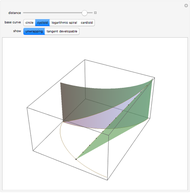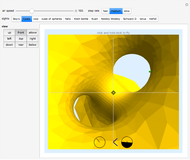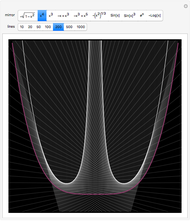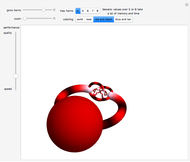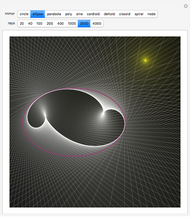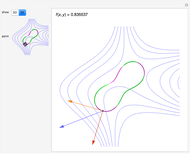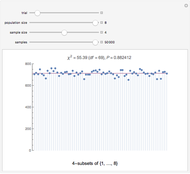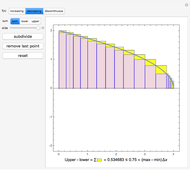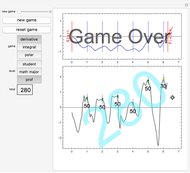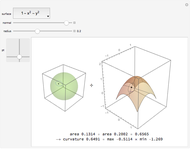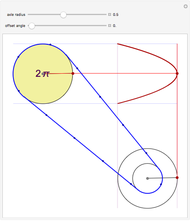Goodness of Fit for Random Subsets

Requires a Wolfram Notebook System
Interact on desktop, mobile and cloud with the free Wolfram Player or other Wolfram Language products.
This Demonstration performs a  goodness-of-fit test on a set of random samples of a given sample size from a finite population. The count for each subset is indicated by a point; the expected value is indicated by the horizontal line. Tooltips on each show the values. The "trial" slider controls a seed for the random number generator, and gives a new set of samples for each value. The
goodness-of-fit test on a set of random samples of a given sample size from a finite population. The count for each subset is indicated by a point; the expected value is indicated by the horizontal line. Tooltips on each show the values. The "trial" slider controls a seed for the random number generator, and gives a new set of samples for each value. The  -value (
-value ( ) is the probability that another set of truly random samples would be as far or farther away from the expected value (as measured by
) is the probability that another set of truly random samples would be as far or farther away from the expected value (as measured by  ).
).
Contributed by: Michael Rogers (Oxford College of Emory University) (March 2011)
Open content licensed under CC BY-NC-SA
Snapshots
Details
This Demonstration shows that the random sample function in Mathematica seems to choose each possible sample with (at least approximately) equal likelihood. The  -value ranges over the interval [0,1]. This Demonstration does not show that the
-value ranges over the interval [0,1]. This Demonstration does not show that the  -values have a uniform distribution, but a user could keep track of the
-values have a uniform distribution, but a user could keep track of the  -values and plot his or her own distribution.
-values and plot his or her own distribution.
Permanent Citation







